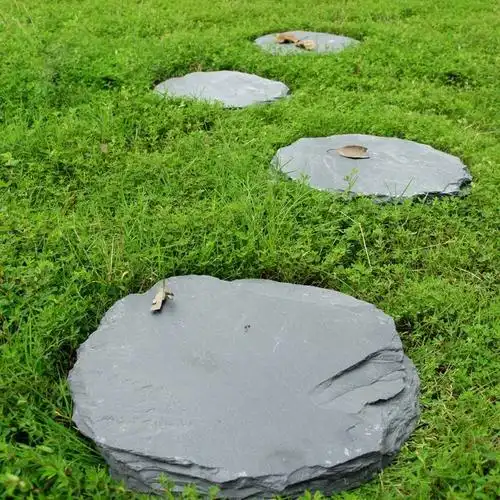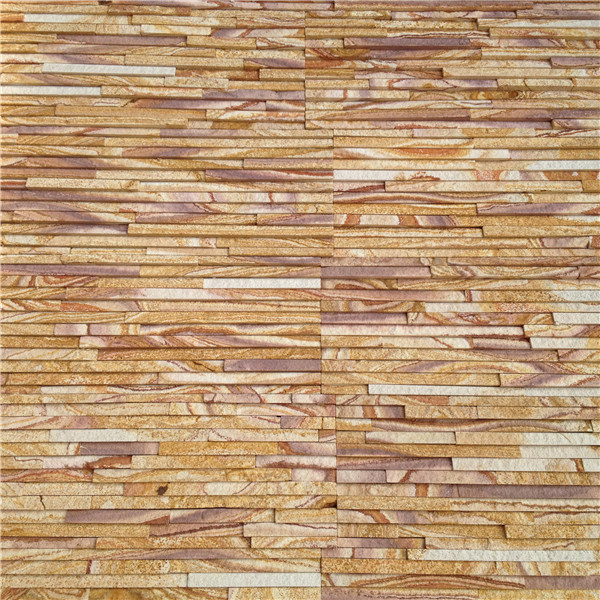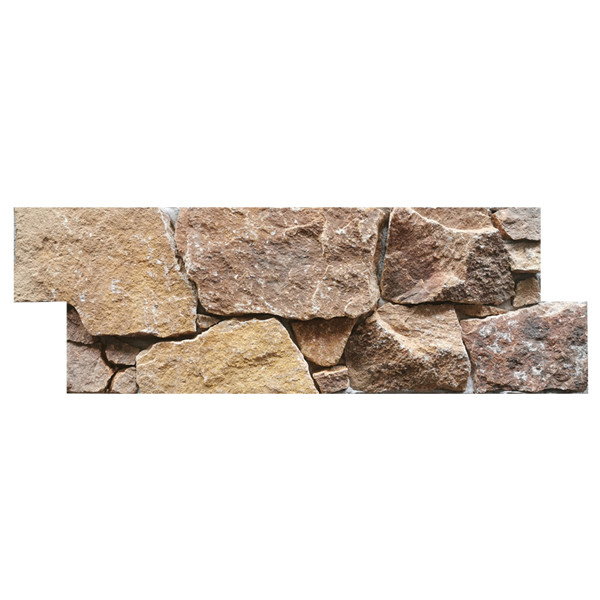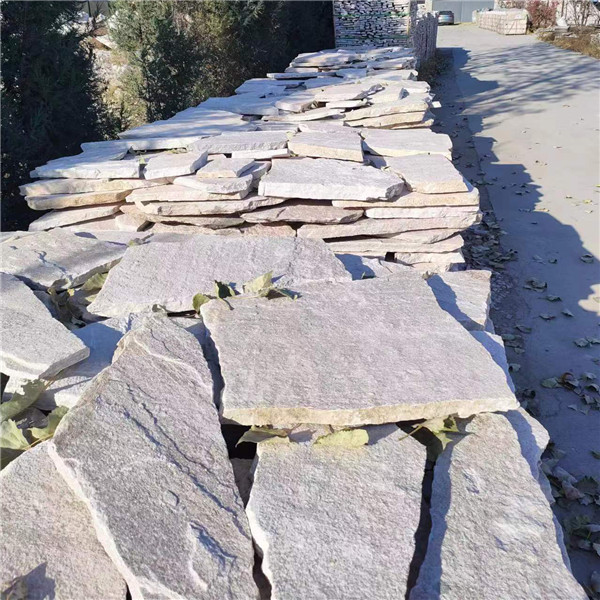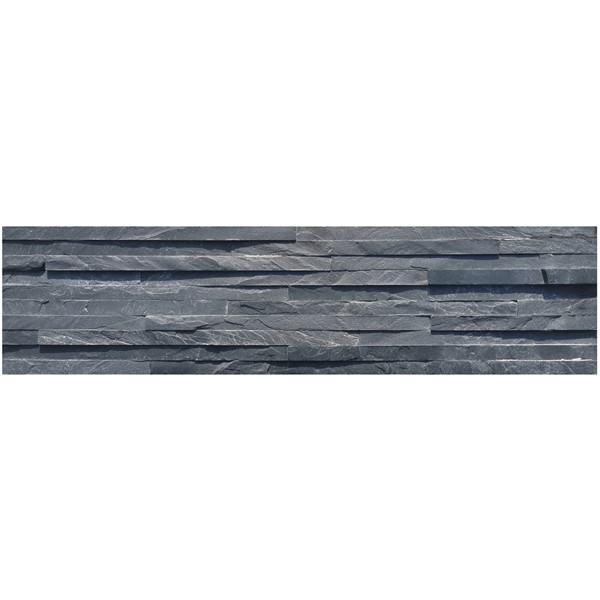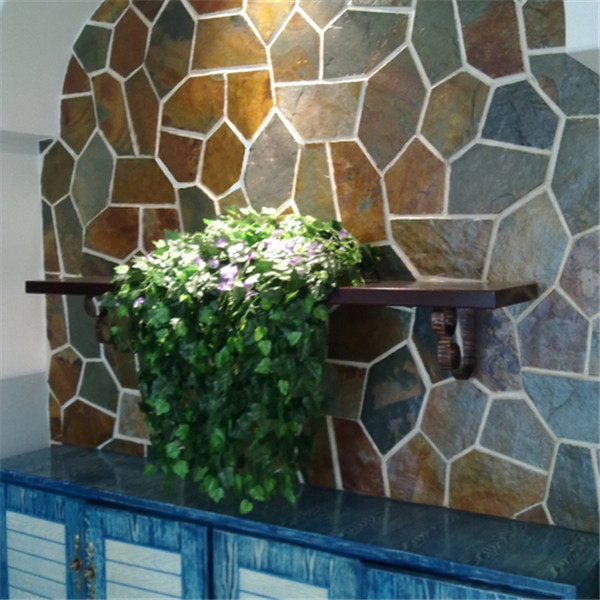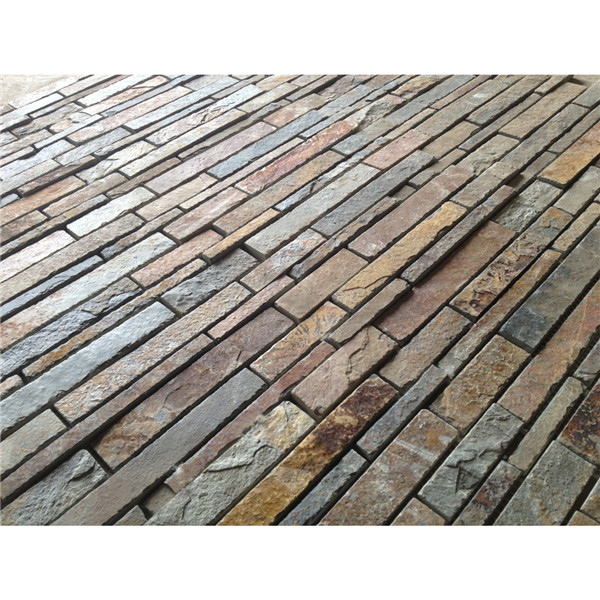Table of Contents
ToggleIntroduction
Slate flooring is an exquisite choice for those looking to add a touch of natural elegance to their homes. But what exactly is slate flooring, and why should you consider it? Let’s dive in and explore the numerous benefits and features of this timeless flooring option. When you think about transforming your living space, slate flooring might not be the first thing that comes to mind, but once you understand its myriad advantages, it could very well be at the top of your list.
What is Slate Flooring?
Slate flooring is made from natural stone extracted from quarries around the world. It is known for its durability, unique textures, and a wide range of colors. This type of flooring has been used for centuries and continues to be a popular choice due to its aesthetic appeal and robustness. Imagine walking into a room and feeling the cool, solid surface of slate beneath your feet—it’s like bringing a piece of nature into your home.

Benefits of Slate Flooring
One of the main advantages of slate flooring is its durability. It’s resistant to scratches, cracks, and chips, making it an excellent choice for high-traffic areas. Additionally, slate is naturally slip-resistant, providing a safer surface for households with children or elderly members. Another benefit is its unique appearance; no two slate tiles are the same, giving your floor a distinctive look that can’t be replicated.
Durability
Slate is one of the most durable natural stones available. It can withstand heavy foot traffic and is less likely to show wear and tear over time compared to other types of flooring. Whether you have a bustling household or simply want a floor that will last for decades, slate is a solid investment.
Aesthetic Appeal
The natural variations in color and texture make each slate tile unique. This means that your floor will have a one-of-a-kind appearance that can’t be replicated by synthetic materials. The range of colors—from deep blacks and grays to vibrant greens and reds—allows you to customize the look of your floor to match your home’s decor.
Safety
The natural slip-resistant properties of slate make it an ideal choice for areas prone to moisture, such as kitchens, bathrooms, and entryways. This feature adds an extra layer of safety, particularly for families with young children or elderly members.
Types of Slate Flooring
When it comes to slate flooring, you generally have two options: natural slate and engineered slate. Both have their pros and cons, so it’s essential to understand what each type offers before making a decision.
Natural Slate
Natural slate is exactly what it sounds like—stone cut directly from the earth. This type offers unparalleled beauty and uniqueness but can be more expensive and difficult to install.
Characteristics of Natural Slate
Natural slate tiles are known for their rich textures and variations in color. These characteristics are a result of the geological processes that formed the stone over millions of years. The natural clefting in the stone creates a surface that is both visually appealing and functional.
Installation Considerations
While natural slate offers a stunning appearance, it can be challenging to install. The tiles must be carefully selected and laid out to ensure a level surface. Additionally, natural slate can be heavier than other types of flooring, which may require additional structural support in some cases.
Engineered Slate
Engineered slate, on the other hand, is manufactured from a combination of natural stone and other materials. While it may lack some of the unique characteristics of natural slate, it often comes at a lower cost and can be easier to install.
Characteristics of Engineered Slate
Engineered slate aims to replicate the look of natural slate while offering improved performance characteristics. These tiles are typically more uniform in color and texture, which can make them easier to work with during installation.
Installation Considerations
One of the main advantages of engineered slate is its ease of installation. The tiles are often lighter and more uniform in size, which can simplify the process for DIY enthusiasts. Additionally, engineered slate can be installed over a variety of subfloors without the need for additional support.
Choosing the Right Slate Flooring
So, how do you choose the right slate flooring for your home? Several factors come into play, including the room’s purpose, your budget, and your personal style preferences.
Factors to Consider
Think about where you’ll be installing the slate flooring. High-traffic areas like kitchens and hallways may benefit from more durable options, while aesthetic considerations might take precedence in living rooms or bedrooms.
Room Usage
Consider how the room will be used. For example, a kitchen floor will need to withstand spills and heavy foot traffic, while a bedroom floor might prioritize comfort and aesthetic appeal. Choose a type of slate that aligns with the room’s function.
Budget
Your budget will also play a significant role in your decision. Natural slate tends to be more expensive than engineered options, but it offers unique characteristics that might justify the higher cost. Determine what you’re willing to spend and explore options within that range.
Popular Colors and Styles
Slate flooring comes in various colors and styles, from deep blacks and grays to vibrant greens and reds. The choice depends on your interior design scheme and the ambiance you want to create.
Color Options
The color of your slate flooring can dramatically impact the look and feel of your space. Darker shades like black or gray can create a modern, sophisticated atmosphere, while lighter shades like green or red can add warmth and character.
Texture Options
Slate tiles come in various textures, from smooth finishes to more rugged, natural surfaces. Consider how the texture will affect both the appearance and functionality of your floor. A smoother finish might be easier to clean, while a textured surface can provide additional slip resistance.
Installation of Slate Flooring
Installing slate flooring can be a bit tricky, so you need to decide whether you’ll tackle it as a DIY project or hire professionals.
DIY vs Professional Installation
While DIY installation can save money, it requires specialized tools and skills. Professional installation ensures a perfect finish but comes at an additional cost.
Pros of DIY Installation
If you’re handy with tools and enjoy tackling home improvement projects, installing slate flooring yourself can be rewarding. You’ll save on labor costs and have complete control over the process.
Cons of DIY Installation
However, DIY installation also comes with challenges. Slate tiles can be heavy and difficult to cut accurately without specialized tools. Ensuring a level surface requires meticulous planning and attention to detail.
Pros of Professional Installation
Hiring professionals guarantees that your floor will be installed correctly and efficiently. Experienced installers have the skills and tools needed to handle any challenges that arise during the process.
Cons of Professional Installation
The main drawback of professional installation is the cost. Labor fees can add significantly to the overall expense of your project, but many homeowners find that the peace of mind is worth the investment.
Tools and Materials Needed
If you decide to go the DIY route, you’ll need specific tools like tile cutters, spacers, and sealant. Make sure you’re fully prepared before starting the project.
Essential Tools
- Tile Cutter: A quality tile cutter is crucial for making precise cuts.
- Spacers: These ensure even spacing between tiles.
- Level: To ensure your floor is perfectly flat.
- Adhesive: Specifically designed for stone tiles.
- Sealant: Protects the tiles from stains and moisture.
Preparation Steps
Before you start laying tiles, make sure your subfloor is clean, level, and free of any debris. Proper preparation will make the installation process smoother and help ensure a professional-looking finish.

Maintenance and Care
Maintaining slate flooring is relatively straightforward but requires regular attention to keep it looking its best. Proper care can ensure that your slate floor remains beautiful and functional for many years.
Daily Cleaning Tips
A simple daily sweep or vacuum can go a long way in keeping your slate floor clean. For deeper cleaning, use a pH-balanced cleaner specifically designed for stone surfaces.
Sweeping and Vacuuming
Regularly sweeping or vacuuming your slate floor helps to remove dirt and debris that can scratch the surface over time. Use a soft-bristle broom or a vacuum cleaner with a hard floor setting to avoid damaging the tiles.
Mopping
When mopping, avoid using harsh chemicals or acidic cleaners as they can damage the stone. Instead, opt for a pH-balanced cleaner or a mixture of warm water and mild dish soap. Make sure to dry the floor thoroughly after mopping to prevent water spots and streaks.
Long-term Maintenance
Over time, you may need to reseal your slate flooring to maintain its luster and protect it from stains and moisture. Regular inspections can help you catch any issues early on.
Sealing
Sealing your slate floor helps to protect it from stains, moisture, and wear. The frequency of sealing depends on the type of slate and the amount of foot traffic it receives. Typically, sealing should be done every 1-3 years. Use a high-quality stone sealer and follow the manufacturer’s instructions for best results.
Grout Maintenance
The grout between your slate tiles can also benefit from regular maintenance. Over time, grout can become discolored or damaged. Cleaning grout with a mild cleaner and resealing it periodically can help keep your floor looking fresh.
Cost of Slate Flooring
The cost of slate flooring can vary widely depending on several factors such as quality, type, and installation method. Understanding these factors can help you budget for your project more effectively.
Price Range
On average, you can expect to pay between $5 to $20 per square foot for slate tiles alone. Installation costs can add another $5 to $15 per square foot.
Material Costs
The cost of slate tiles varies based on their quality and origin. Higher-quality slate tends to be more expensive but offers better durability and aesthetic appeal. Imported slate may also come with higher shipping costs.
Installation Costs
Professional installation can significantly add to the overall cost of your slate flooring project. Labor costs vary based on the complexity of the installation, the size of the area, and regional labor rates.
Factors Affecting Cost
The overall cost can be influenced by factors like the complexity of the installation, the quality of the slate, and whether you choose natural or engineered slate.
Complexity of Installation
Intricate patterns or designs can increase installation costs due to the additional time and skill required. Similarly, installing slate on uneven surfaces or in irregularly shaped rooms can add to the complexity and cost.
Quality of Slate
Higher-quality slate is typically more expensive but offers better longevity and appearance. Investing in premium slate can be worthwhile for high-traffic areas or spaces where aesthetics are particularly important.
Where to Buy Slate Flooring
Now that you’re sold on the benefits of slate flooring, where can you buy it? Both online retailers and local stores offer various options.
Online Retailers
Websites like Amazon, Home Depot, and Wayfair offer a wide range of slate flooring options that you can browse from the comfort of your home.
Advantages of Online Shopping
Shopping online allows you to compare prices, read customer reviews, and explore a wide variety of options without leaving your home. Many online retailers also offer free samples, making it easier to see how different types of slate will look in your space.
Potential Drawbacks
One potential drawback of buying online is that you can’t physically inspect the tiles before purchasing. To mitigate this risk, order samples first or purchase from reputable retailers with good return policies.
Local Stores
Visiting local stores allows you to see and feel the tiles before making a purchase, ensuring you get exactly what you want.
Advantages of Local Shopping
Seeing the tiles in person can give you a better sense of their color, texture, and quality. Local stores often have knowledgeable staff who can provide valuable advice and answer any questions you may have.
Potential Drawbacks
Local stores may have a more limited selection compared to online retailers, and prices can sometimes be higher due to overhead costs. However, many people find that the ability to see the product in person is worth the extra expense.
Environmental Impact
While slate is a natural material, it’s essential to consider its environmental impact. Is it a sustainable choice? Are there eco-friendly alternatives?
Sustainability of Slate
Slate is a long-lasting material that doesn’t require frequent replacement, reducing waste over time. However, quarrying practices can have environmental impacts that need consideration.
Longevity
One of the most significant environmental benefits of slate is its longevity. A well-maintained slate floor can last for decades, reducing the need for frequent replacements and minimizing waste.
Quarrying Practices
The environmental impact of slate largely depends on how it’s quarried. Sustainable quarrying practices aim to minimize environmental disruption and restore quarry sites after extraction. When purchasing slate, look for suppliers who prioritize sustainable practices.
Eco-friendly Alternatives
If sustainability is a primary concern for you, consider alternatives like recycled tiles or other natural stones with less environmental impact.
Recycled Tiles
Recycled tiles made from materials like glass or reclaimed stone offer an eco-friendly alternative to traditional slate. These tiles reduce waste by repurposing materials that would otherwise end up in landfills.
Other Natural Stones
Other natural stones, such as limestone or travertine, may have a lower environmental impact depending on how they’re sourced and processed. Researching different options can help you find a sustainable choice that meets your needs.
Customer Reviews and Testimonials
Hearing from other customers can provide valuable insights into the pros and cons of slate flooring. What do people love about their slate floors? What challenges have they encountered?
Common Praise
Many customers praise slate flooring for its durability, unique appearance, and easy maintenance. It’s often cited as a worthwhile investment for any home.
Durability
Homeowners frequently highlight the durability of slate as one of its most significant advantages. Many people report that their slate floors have withstood years of heavy use without showing signs of wear.
Aesthetic Appeal
The unique appearance of slate is another common point of praise. Customers love the natural variations in color and texture that give each tile its distinctive look.
Common Complaints
On the flip side, some common complaints include the high cost and the complexity of installation. Weighing these pros and cons can help you make an informed decision.
Cost
While many people believe that the benefits of slate justify its price, others find the cost prohibitive. Budget-conscious homeowners may need to explore more affordable alternatives or consider engineered slate.
Installation Challenges
The complexity of installing natural slate is another frequent complaint. Some homeowners find that DIY installation is more challenging than expected, leading them to hire professionals at an additional cost.
Conclusion
In summary, slate flooring offers a blend of beauty, durability, and uniqueness that few other materials can match. While it comes with its set of challenges—such as higher costs and complex installation—the benefits often outweigh these drawbacks. If you’re looking to make a long-term investment in your home’s aesthetic and functionality, slate flooring could be the perfect choice for you.




